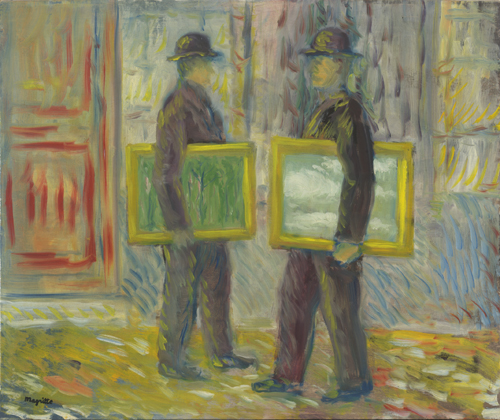“Who am I?” To hear in response that you are one who is noticed and who has companionship and who has a purpose is an awakening of life. View the study sheet here. Watch the recording here.

Loneliness is not a human condition. It is a modern human condition. In her book A Biography of Loneliness: The History of an Emotion, British historian Fay Bound Alberti defines loneliness as “a conscious, cognitive feeling of estrangement or social separation from meaningful others.” She objects to the idea that it is a universal, trans-historical experience. Instead, she argues that the condition, at least in a chronic form, did not exist before the nineteenth century.
While pre-modern people were at times alone and lonely, Alberti writes that they did not experience that as an enduring, defining existential condition. The word “loneliness” appears very seldom in English literature before 1800. Robinson Crusoe, as written by Daniel Defoe in 1719, was alone, but never expressed a sense of loneliness.
Most pre-modern people lived a daily life involving an intricate web of dependence and exchange. To live apart from an intimate social group, an extended family or a tribe placed one on the threshold of non-existence. Such non-existence meant at the least the lack of any significant social status. More seriously, it increased one’s vulnerability to hunger, injury and death.
Modernity accelerated the separation of the individual from the binding ties of tribe, community, and family. Traditional societies defined for their members a role within the group, a hierarchy of position, a place around the table. In modern societies, the individual, separated from a group deeply rooted in place, customs and expectations, experiences threats from all sides. A heightened level of anxiety, depression, and detachment haunts the soul.
Moses dramatizes for us the journey of one socially separated “from meaningful others.” We meet him as someone deprived of a web of human relationships…not once but twice. First from the home of his birth and then from the home into which he was adopted. A figure of exile, he has no real name. It is not until he turns aside from the path that he is on and asks “Who am I?” that he receives an answer, one that involves relationship and a mission.
That experience opens up the text of Torah to a flood of names. They include the names of his father and mother and those of the people he will lead out of exile to a home of freedom. His place in the world is now located within an origin and a sense of purpose.
Join us here at 7:00 p.m. (PST) Thursday December 23 as we explore to turn aside is to see more.








